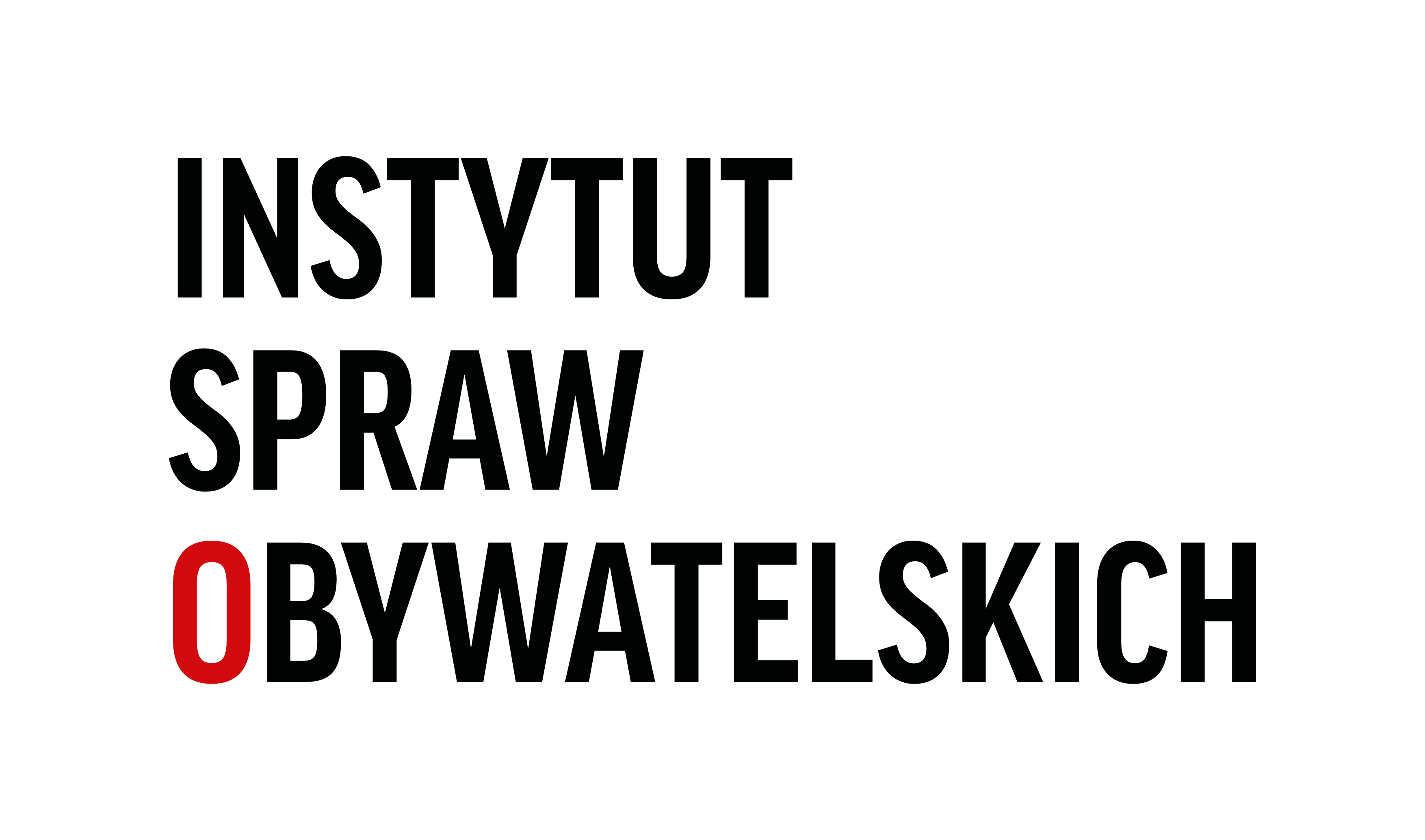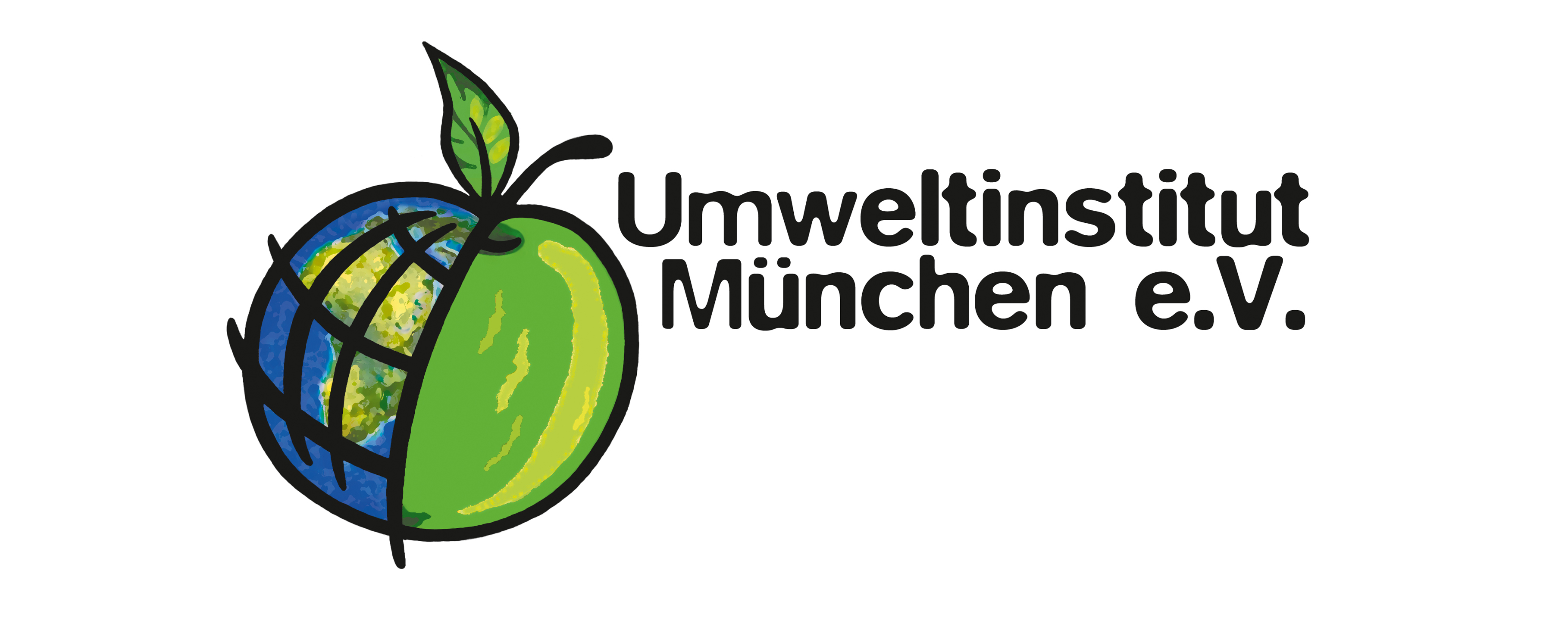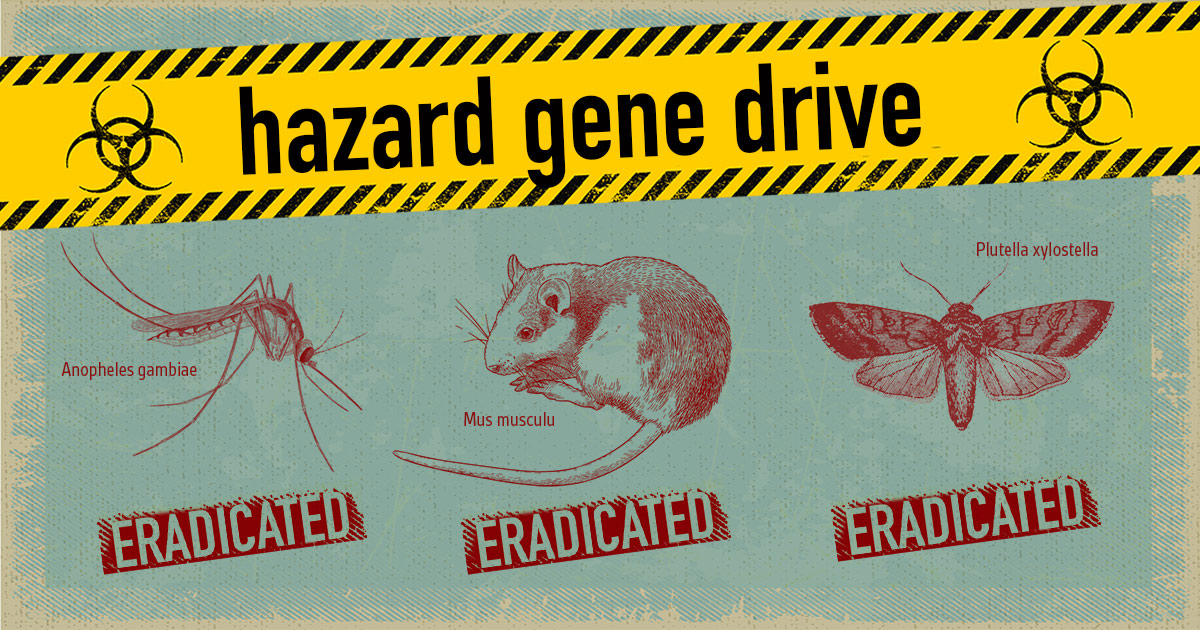WeMove Europe is an independent and values-based organisation that seeks to build people power to transform Europe in the name of our community, future generations and the planet.
Signature collection for the petition calling for a global moratorium on gene drive organisms closed on 30 March 2023. Over 300,000 signatures were collected, and signatures were delivered to environmental and agricultural ministries in Germany, Poland, Slovakia and Spain. The signatures also reinforced a call for a moratorium at the United Nations Convention on Biological Diversity COP15 meeting in December 2022.
The ‘Stop Gene Drives’ campaign continues to inform civil society and decision makers around the world about the risks and unanswered questions surrounding the environmental release of gene drive organisms. More information can be found here.
Find more campaigns on our homepage by clicking here.
To the Commissioner for Environment Virginijus Sinkevičius, Commissioner for Health and Food Safety Stella Kyriakides, the European Commission, the European Council
Petition
I call on you to prevent the release of gene drive organisms into the environment and to work for a global moratorium on the release of gene drive organisms at the Conference Of the Parties (COP) of the UN Convention on Biological Diversity (CBD).
Why is this important?
Imagine genetically engineered mosquitoes designed to inherit their genes to all offspring, jeopardise the food chain, and wipe out their natural siblings by making them infertile. [1]
According to scientists there is a risk the so called gene drive could even spread from mosquitoes to butterflies, killing pollinators en masse, risking crops, plants and entire ecosystems. [2]
Nobody pushing the new technology has a solution to mitigate those risks, but even so there are plans in action to make this a reality. Most of the funding to make this happen is being provided by the US military and the Bill and Melinda Gates Foundation.
In the lead up to the key UN meeting in 2021, there will be important decisions taken at expert conferences. The EU is represented at all these conferences. The European Parliament has already requested that the EU Commission and Member States call for a global moratorium on the environmental release of gene drive organisms. But that is not enough: our voices can make all the difference.
We and more than 200 organisations worldwide are calling for a global moratorium on the release of gene drive organisms to protect biodiversity. [3] The moratorium should remain in place until globally binding rules are found for the following risks and open questions:
- Non-retrievable and uncontrollable spread: According to the current state of knowledge, once released, gene drive organisms cannot be retrieved. Nor can their spread in time and space be limited. National borders in particular, but also geographical boundaries, are meaningless to gene drive organisms.
- Risky research: To our knowledge, gene drives have only been tested in the laboratory, but even that is risky. It is enough if only a few organisms escape to start a genetic chain reaction.
- Genetic engineering tools are prone to error: The genetic engineering tools such as CRISPR/Cas9, which are active in the released organisms, are prone to error. Unforeseen effects at the genetic level are therefore likely.
- It is at least complicated, but often impossible, to foresee all ecological effects: Gene drives are designed to have an effect in natural populations over generations and to be inherited dominantly. It cannot be predicted how food chains will change and how the behaviour of other animal species will change when an animal species disappears. There are as yet no guidelines for risk assessment, if this should be possible at all. The risks to humans and the environment are largely unexplored.
- Beyond a risk assessment, a comprehensive technology assessment is necessary before gene drive organisms are released into the environment: Since the technology has far-reaching consequences and raises technical, ecological, ethical, cultural, social and regulatory questions, a technology assessment is necessary before any application in nature. Liability and compensation regulations are also not sufficiently clarified worldwide.
- Gene drives can also be used for military purposes: The US military research institute DARPA is one of the main sponsors of Gene Drive research. [4] The UN Bioweapons Convention has been discussing for several years how the potential danger posed by gene drives as biological weapons can be limited.
- Who decides? If gene drive organisms can and should spread worldwide, it must be clarified who is allowed to decide whether to release them. A body and decision-making mechanism on a global level is needed in which this can happen.
References
- https://www.sciencedaily.com/releases/2019/12/191219142646.htm
- There is evidence from insects that a bacteria called Wolbachia can transfer genes between different insect species. So it is theoretically possible that Wolbachia genetic transfer could take place between mosquitoes and pollinating insects.
https://www.ncbi.nlm.nih.gov/pmc/articles/PMC4882834/ - https://www.etcgroup.org/sites/www.etcgroup.org/files/files/forcing_the_farm_sign_on_letter_english_web.pdf
- https://www.etcgroup.org/content/gene-drive-files
In Partnership with:









Please can you chip in?
A gene drive is a genetic technology designed to eradicate mosquitoes, flies and rats. Once released into nature it can’t be taken back.
We have a good opportunity to put a global moratorium on this new technology, but we need your help. Can you donate just a few pounds to prevent the worst from happening?
*If you want your donation to be a one-off amount, please ensure that the box labelled "become a sustaining, monthly contributor" remains unticked

Other ways of giving
You can transfer your donation to our bank account
Please include your email address as payment reference
WeMove Europe SCE mbH
IBAN: DE98 4306 0967 1177 7069 00
BIC: GENODEM1GLS, GLS Bank
Berlin, Germany
Your personal information will be kept private and held securely. By submitting information you are agreeing to WeMove Europe keeping you informed about campaigns and agree to the use of cookies in accordance with our privacy policy.
